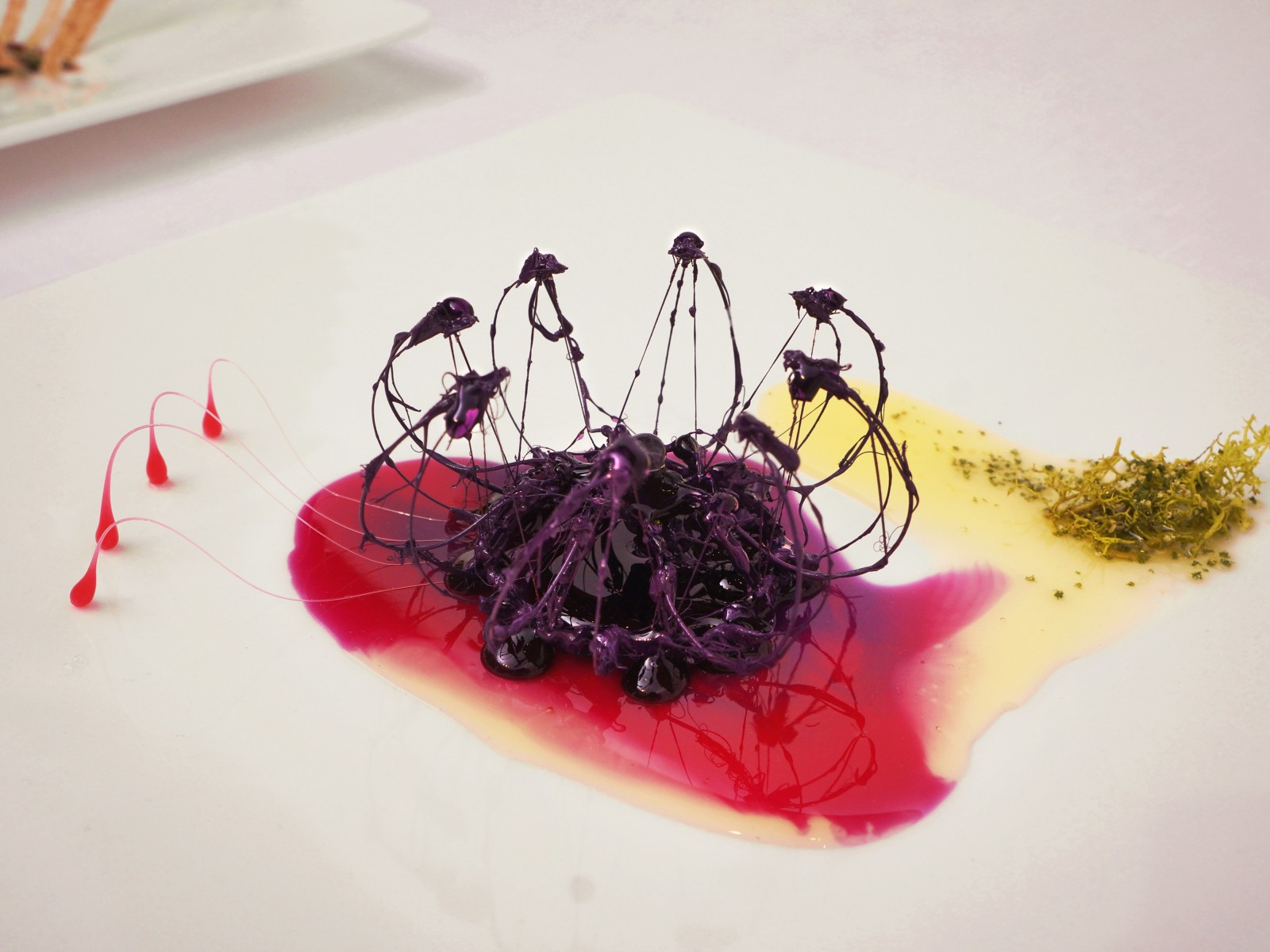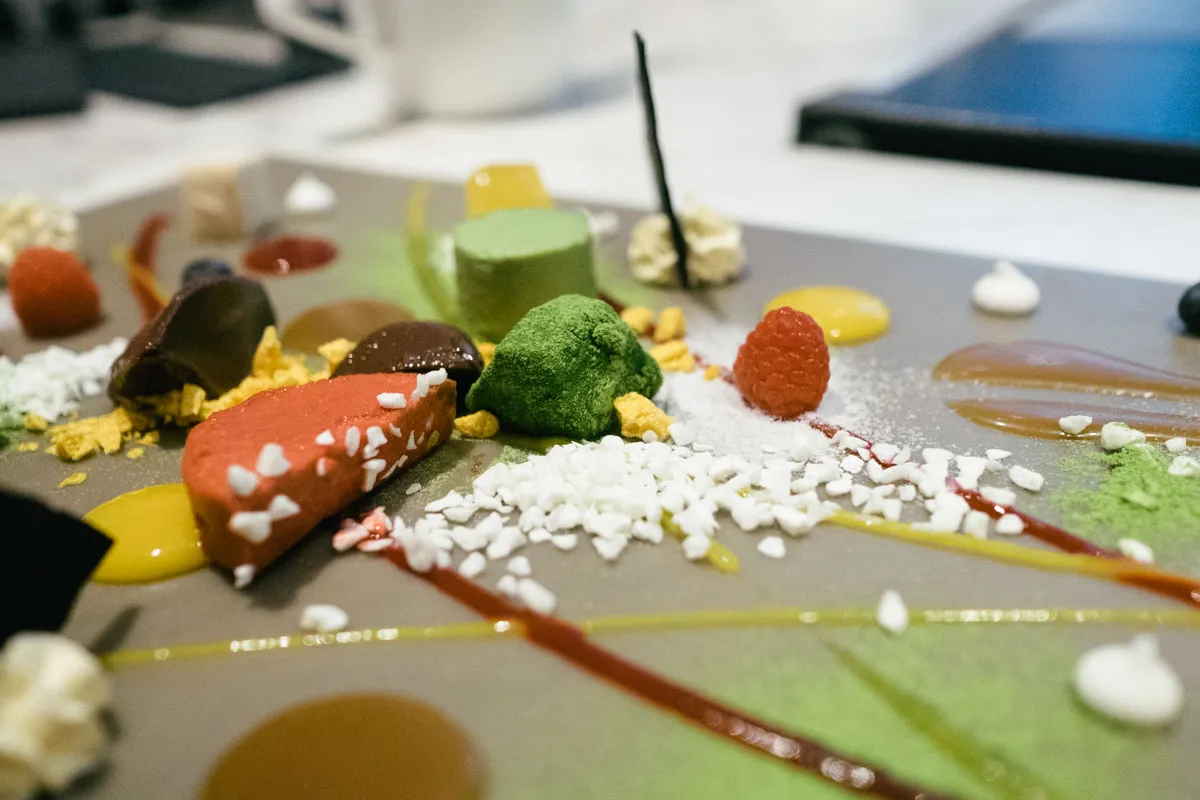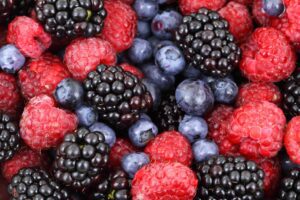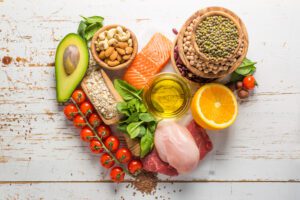Ever heard of a chef who’s also a scientist in disguise? That’s what molecular gastronomy is all about – it’s like being at Hogwarts, but for food. Chefs are like wizards using science to cast spells on ingredients, turning them into something out-of-this-world delicious.
So, what’s the big deal with molecular cuisine?
Imagine this: You’re served a dish that looks like a regular egg, but when you take a bite, it’s a burst of creamy mango. That’s molecular magic for you. It plays with textures and flavors, turning the familiar into the extraordinary.
And it’s not just fancy tricks. Molecular gastronomy digs deep into the ‘whys’ and ‘hows’ of cooking. Why does meat brown when you cook it? How does heat change food? By answering these questions, chefs can get super creative.
Take ‘spherification’ for instance. Sounds like a sci-fi term, right? It’s a cool technique that encapsulates flavors into little jelly balls. Imagine popping one into your mouth and getting a splash of olive oil or fruit juice. That’s some real palate party, huh?
Then there’s ‘foaming’ – nope, not what you do with soap. It’s about making flavors light and bubbly. With a special tool, chefs can turn something like cheese into a light foam that melts in your mouth and leaves a punch of taste behind.
But hey, it’s not all about high-tech gizmos and chemistry sets. Some molecular techniques are super simple. Ever heard of ‘flash freezing’ with liquid nitrogen? It’s like a quick chill-out session for your food, locking in freshness and creating cool textures.
So why do chefs bother with all this science stuff? Because it turns dinner into a mind-blowing show. You don’t just eat with your mouth; you eat with your eyes, your nose, and, yup, even your ears sometimes. Molecular cuisine makes sure every sense is invited to the party.
Okay, it might sound like a food lab experiment, but the results are all for the taste buds. It’s fun, it’s surprising, and let’s be honest – who wouldn’t want to try a chocolate dessert that looks like a bunch of olives or a piece of cheesecake that’s actually savory?
In a nutshell, molecular gastronomy is about the thrill of finding out what’s possible when you mix a little science with a lot of imagination. So, next time you hear about a molecular gastronomy dish, think of it as art on a plate, ready to take you on a wild taste ride.
So, get ready to dive into the world where your plate is the canvas and the kitchen is the lab. Who said science class can’t be delicious?



